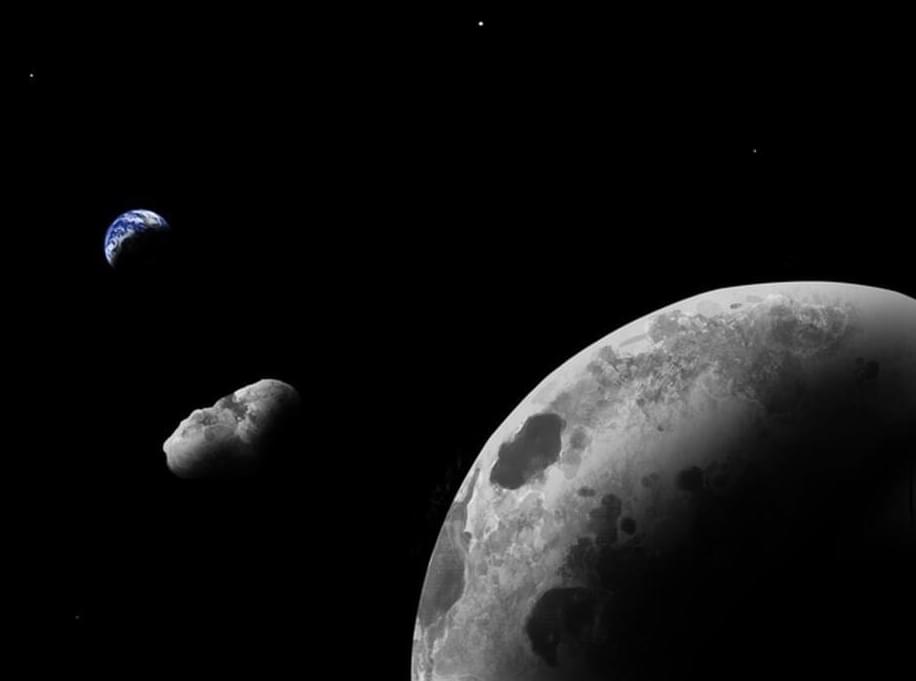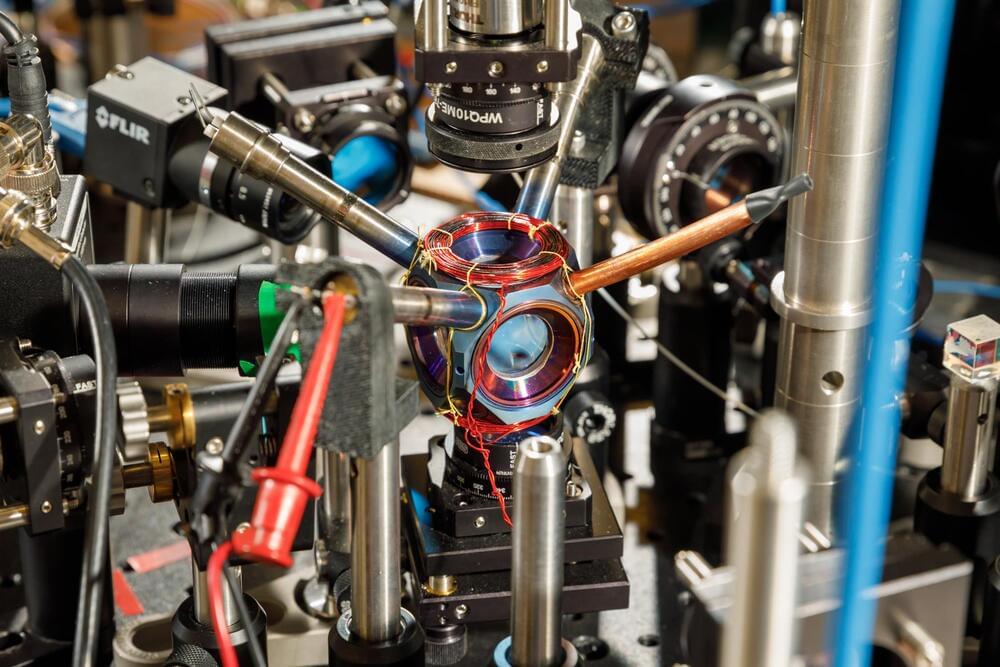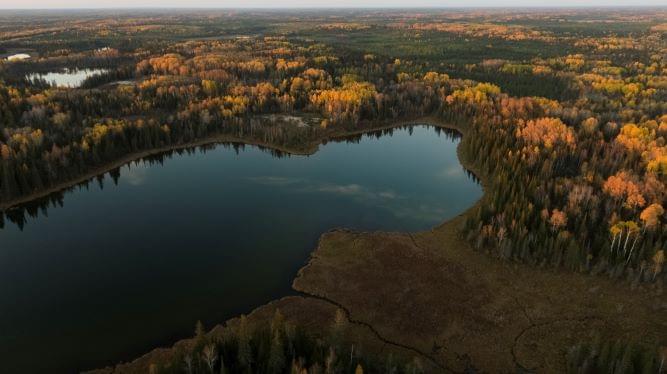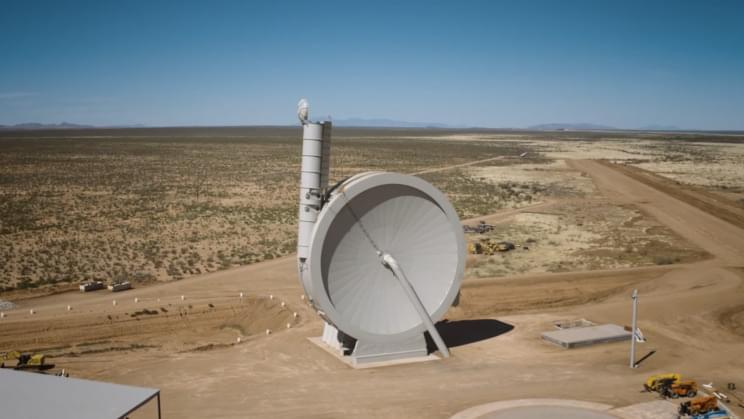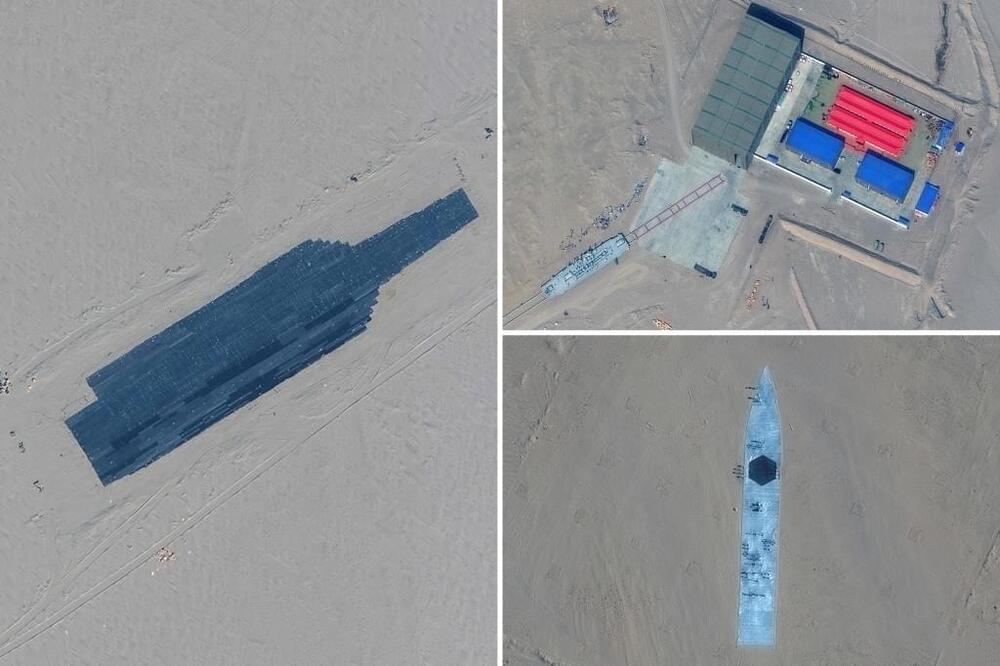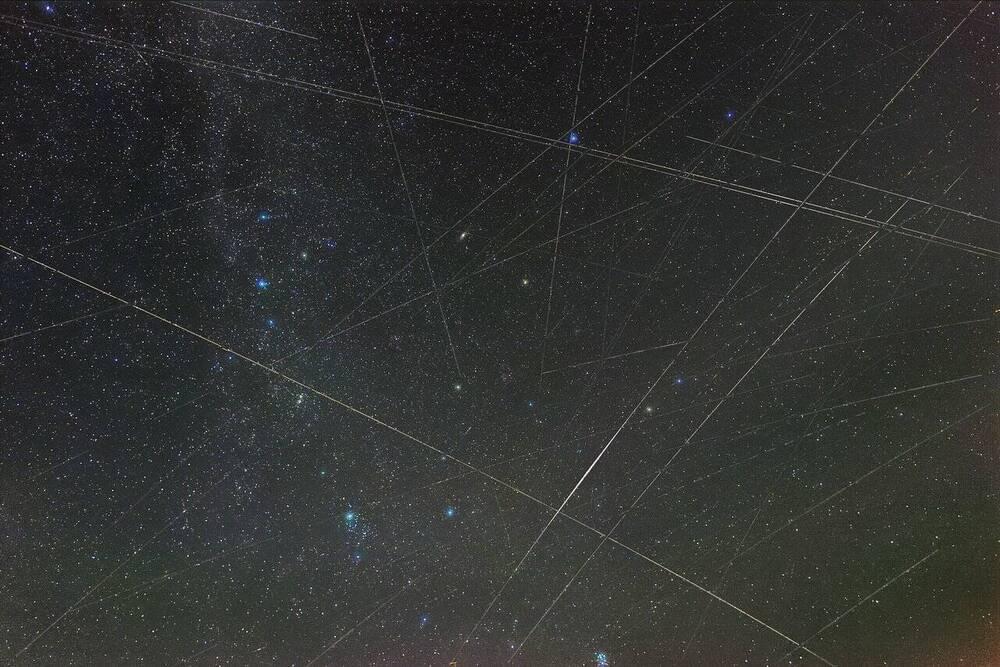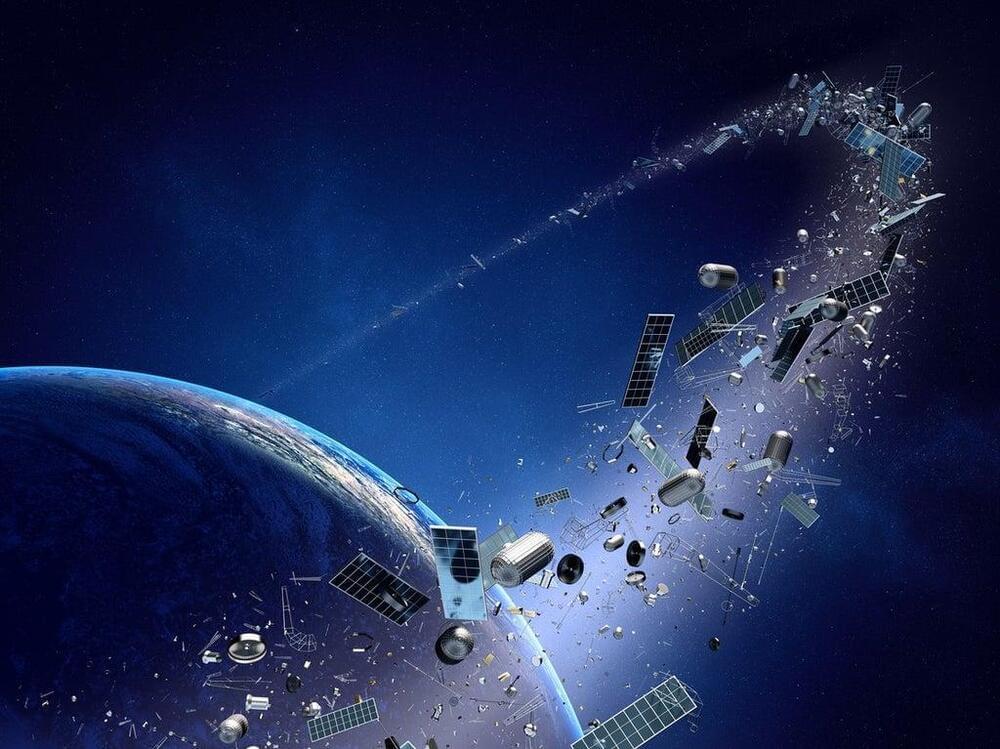Nov 11, 2021
Earth is being followed by a chunk of the Moon
Posted by Quinn Sena in category: satellites
O,.o.
A near-Earth asteroid known as Kamo‘oalewa might be made of a stray chunk of the Moon, scientists have said.
Kamo‘oalewa is one of a mysterious and little-understood set of objects called quasi-satellites. It is an asteroid that orbits around the Sun but remains close to the Earth.
Continue reading “Earth is being followed by a chunk of the Moon” »
